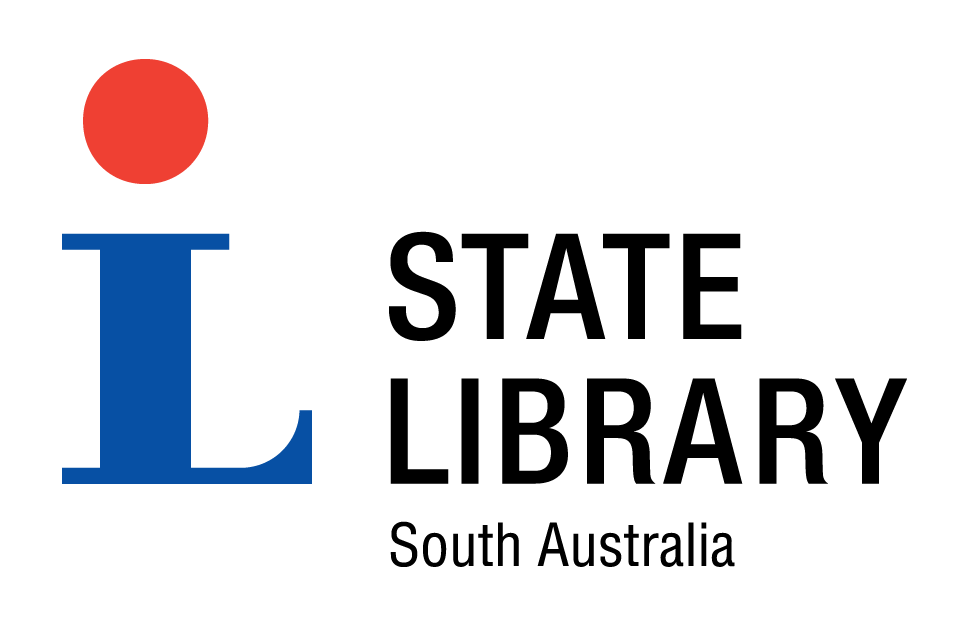
Camel in the Simpson Desert |
|||
|---|---|---|---|
| Title : | Camel in the Simpson Desert |

|
|
| Creator : | Woolley, Toby, photographer | ||
| Date of creation : | 2005 | ||
| Format : | Photograph | ||
| Contributor : | State Library catalogue | ||
| Catalogue record | |||
| The State Library of South Australia is keen to find out more about SA Memory items. We encourage you to contact the Library if you have additional information about any of these items. | |||
| Copyright : | This item is reproduced courtesy of Toby Woolley. It may be printed or saved for research or study. Use for any other purpose requires written permission from Toby Woolley and the State Library of South Australia. To request approval, complete the Permission to publish form. |
| Description : |
Outline of a bull camel in the Simpson Desert at dusk. After motor vehicles became available camels were often released and their descendants are now a feral population of 600,000 or more throughout Australia. They were imported to South Australia in the 1860s and bred at Sir Thomas Elder's Beltana stud farm. Used extensively in the exploration of central Australia and for the building of telegraph and railway lines and by hawkers who carried goods to remote stations, large numbers of the animals were released into the wild rather than killing them once they were no longer needed for transport purposes. However in 2007 it was reported that camels are once more being used for exporation in South Australia: |
| Subjects | |
| Period : | 2001- |
| Region : | Flinders Ranges and Far North - Outback,Northern Territory |
| Further reading : | Rolls, Eric C. They all ran wild: the story of pests on the land in Australia, London: Angus & Robertson, 1977 Strahan, Ronald, ed. The mammals of Australia: the national photographic index of Australian wildlife , Chatswood, N.S.W.: Reed Books: The Australian Museum, 1995 McKnight, Tom L. The camel in Australia [Melbourne]: Melbourne University Press, [1969] |
| Internet links : | Feral Animals in Australia : Australian Government Department of the Environment and Water Resources website |


